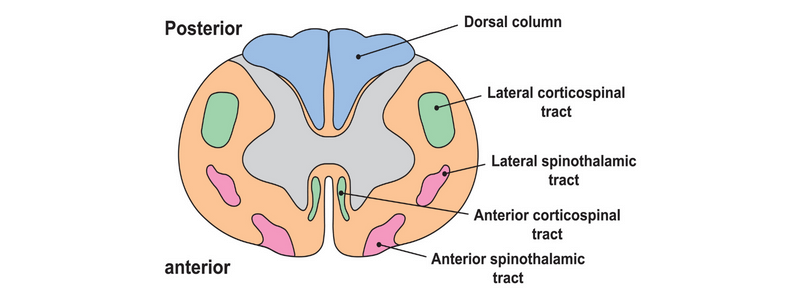


The Importance of a Good Night’s Sleep
“There is a time for many words, and there is also a time for sleep.” Homer, The Odyssey Pulling an ‘all-nighter’ On several occasions over the years, I have decided to ‘pull an all-nighter’ and stay up to study for an exam the following day. On some occasions, it...
The Descending Tracts
The descending tracts are pathways whereby motor signals travel from the brain to the lower motor neurons to innervate muscles and cause movement. There are no synapses in the descending pathways. All of the neurons in the descending tracts are upper motor neurons,...
The Ascending Tracts
The ascending tracts are neural pathways located in the white matter that conduct afferent information from the peripheral nerves to the cerebral cortex. There are usually three neurons in an ascending pathway: First-order neurons, in which the cell body is in the...
Overview of the Cranial Nerves
There are twelve paired cranial nerves in total, and they all arise directly from the brain, in contrast to the spinal nerves, which arise from segments of the spinal cord. The cranial nerves are accordingly numbered by the location within the brainstem (superior to...




